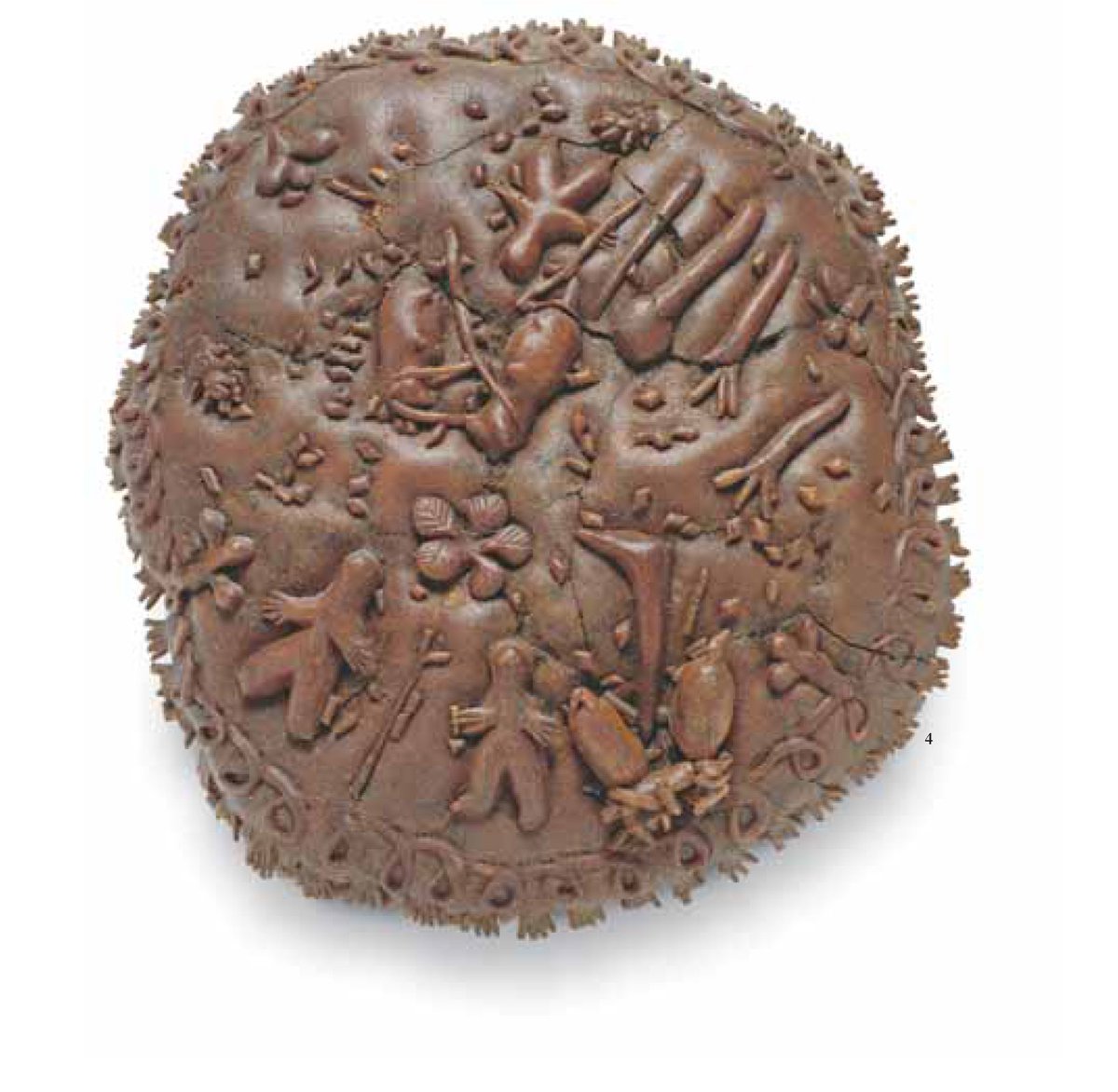
**CABUDANNE – Sardinian New Year**
Short thread about the Sardinian new year, traditionally celebrated in September.
📸 Random picture that speaks of Sardinian September 😄
Short thread about the Sardinian new year, traditionally celebrated in September.
📸 Random picture that speaks of Sardinian September 😄

Deriving from old Roman tradition, Sardinian new year (caput anni) began on September. The tradition remained, in fact the Sardinian name for September is Capudanni/Cabudanne. September is the month of grape harvest, it was the month in which contracts were renewed and -
-prickly pears were harvested.
It was a time for feast, women made ritual bread, landowners gifted it to their workers: a ritual bread with sheep for the shepherds or rural accessories for the farmers.
Kids went around the town, asking for gifts. They were given decorated bread


It was a time for feast, women made ritual bread, landowners gifted it to their workers: a ritual bread with sheep for the shepherds or rural accessories for the farmers.
Kids went around the town, asking for gifts. They were given decorated bread



-sweets and dried fruit. This tradition, called Candelarju, was radicated in the Nuorese and later on shifted to the end of December.
This bread in the picture, called cabude, was blessed by the father on the new year and then traditionally broken over the head of the first son.
This bread in the picture, called cabude, was blessed by the father on the new year and then traditionally broken over the head of the first son.

Cabudanne was another great occasion for divinatory rituals. The first person one met could indicate fortune or less fortune. Immersing grains of wheat in water or oil could predict love and family affairs.
Cabudanne signed the ending of the previous agro-pastoral cycle and the
Cabudanne signed the ending of the previous agro-pastoral cycle and the
-beginning of a new one. It was celebrated in Middle Age, until the Gregorian calendar was adopted in 1582. New year's celebrations shifted to December but the memory remained.
• • •
Missing some Tweet in this thread? You can try to
force a refresh




















